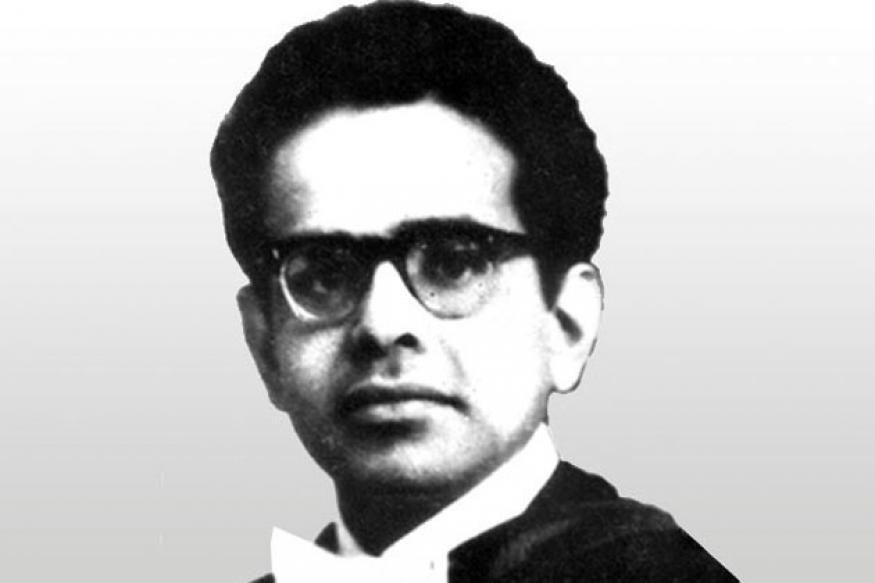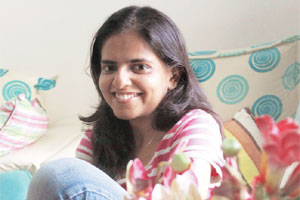
The doctor who created India’s first test tube baby, and was ‘punished’ for it
Dr Subhash Mukhopadhyay did something only very few people do in this world- he created history. Dr Mukhopadhyay became the first physician in India(and just the second in the world) to perform the procedure to create the test tube baby.
Mukhopahyay, along with a cryobiologist and gynecologist had been working on a method of in-vitro fertilization for some time. The method would be successfully used on a patient with damaged fallopian tubes. And on 3rd October 1978, the birth of the world’s second test tube baby would be announced in Calcutta.
This announcement lagged by just 67 days from the birth of the first test-tube baby in England. But unlike his British counterparts, Mukherjee used cryopreservation of the human embryo- the favored method these days.
Surely, it’s a feat that merits recognitions of the highest order? Unfortunately, that’s not what happened in the doctor’s case. In fact, he faced severe social ostracisation and insults which eventually led to him committing suicide in 1981. It was only in 1986 that the country recognized him for his achievement.
And that recognition came about thanks to Prof. T.C Anand Kumar-who was considered as the person behind India’s first test tube baby. But after reviewing the personal notes of Dr Mukhopadhyay, the professor gave up that title and credited it to Mukhopadhyay. The professor even went ahead and set up a research institute in reproductive biology in the memory of Dr. Mukhopadhyay.

‘Durga’- the first Indian test tube child later in her life
The govt. committee set up to ‘verify’ the doctor’s claims
The government set up a committee to verify the doctor’s claims. But the committee denounced the doctor’s achievements. The doctor was even denied leave so that he could create a detailed report of his results, also he was denied the opportunity to attend a meeting in Japan where his work was to be discussed. Further humiliation was on the cards as he was transferred to the Institute of Ophtalmology as professor of electrophysiology. Many consider this insult as the final straw which sent the doctor spiraling down to suicide.
It was on the 18th of November, 1978 that the Government of West Bengal appointed an ‘expert committee’ under the medical association to decide the doctor’s fate.
Some of the main ‘issues’ that the government apparently found with the doctor were the foillowing:
• He claimed to be the architect of a human test tube baby.
• The doctor gave the report to the media before he was cleared off by the government bureaucrats.
• He did this near-miraculous feat using a few general apparatus and a refrigerator in his small flat. This he made possible when many couldn’t do the same with expensive resources.
• But perhaps the most important issue of all was that he refused to bow down before the government bureaucracy.
The unfairness of the committee
Now, the committee that the government created was comprised of a physiologist, gynecologist and a neurophysiologist. The committee was presided over by a radiophysicist. The curious thing was the absence of anyone in the committee with a knowledge about modern reproductive technology.
Those who questioned the doctor were not technically equipped to do so since they didn’t have a good grasp on the medical procedure. But this was the committee that was appointed to mete out justice- and their final verdict was that all of the doctor’s claims were bogus.
But the fact was that the doctor had started working on pharmacological methods to induce ovulation and spermatogenesis at an early stage in his career-first on animals and later on humans. He had worked on the luteotropic effects of DHEA and testosterone in both rats as well as humans. The doctor had also created bioassays and biochemical methods that demonstrate the presence of something similar to HCG in the non-pregnant human endometrium. He even speculated on its possible role in the development of the fetus.
Further, the doctor’s investigations into the causes of the acyclicity of the menstural cycle in arnenorrhoric women led to significant insights about polyeystic ovaries. Another credit to the doctor is that he was one of the first to connect emotional stress to polycystic disease.
The key difference between the world’s first and second test tube baby procedures
It was on the 25th of July 1978 that the world’s first human test tube baby was born in England’s Oldham General Hospital. The masterminds behind this achievement were Robert Edward and Patrick Steptoe. In the duo’s procedure, ovum was collected by using laparoscope. They would observe the development of the ovum for long periods of time and later, collect it through a tiny incision. The ovum thus collected would then be fertilized with sperm on a small disc. Once an embryo is formed, the scientist would place the same in the womb.
However, Dr Mukhopadhyay collected the ovum with the aid of a vaginal operation instead of laparoscope. Using a hormone he was able to increase the number of ovum collected following which the embryo would be developed. Eventually he would place the embryo in the womb. The upshot of the latter method was that the probability of pregnancy was higher.
Dr Subhash Mukhopadhyay was born in Calcutta and is now “officially” one of the brightest Indians ever lived. But the sad fact remains that the doctor didn’t live long enough to see his achievement being recognized. But countless are those born in the country because of him.
Image credits: news18.com, archive.indianexpress.com